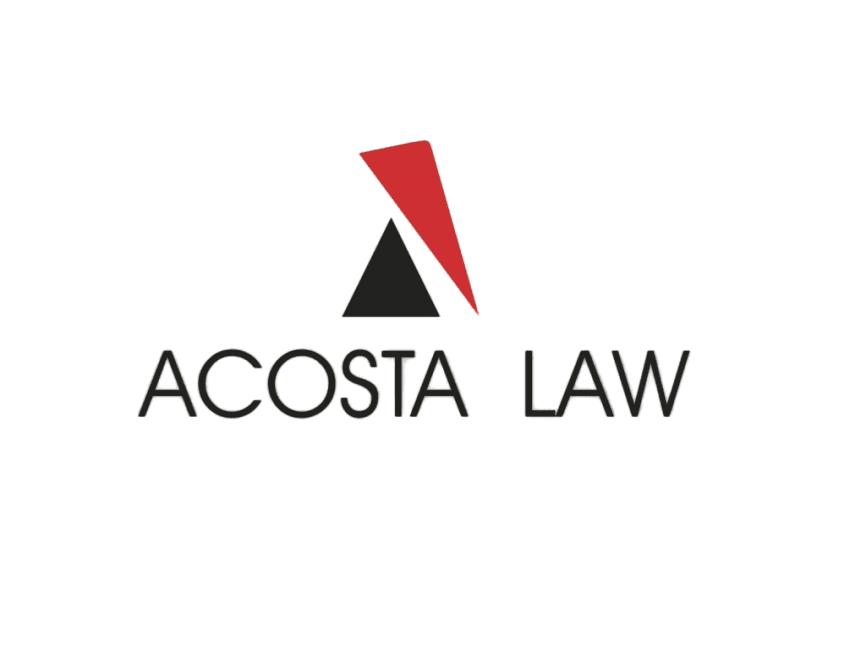Chapter 7 vs Chapter 13 Bankruptcy: Making the Right Choice
Understanding Chapter 7 and Chapter 13 Bankruptcy
When facing financial difficulties, bankruptcy can offer a viable solution to regain stability. The two most common types of consumer bankruptcy in the United States are Chapter 7 and Chapter 13. While both options provide debt relief, they differ significantly in structure, process, and outcome. Understanding these differences is crucial in making the right choice for your financial situation.
Chapter 7 bankruptcy, often referred to as "liquidation bankruptcy," involves the sale of a debtor's non-exempt assets. The proceeds are then used to pay off creditors. In contrast, Chapter 13 bankruptcy, known as "reorganization bankruptcy," allows individuals to retain their assets while restructuring their debts into a manageable repayment plan.

Eligibility Requirements
Eligibility is a key factor when considering which bankruptcy chapter to file under. For Chapter 7, an individual must pass the "means test," which determines if their income is low enough to qualify. This test compares the debtor's income to the median income of the state they reside in. If it is below the median, Chapter 7 may be an option.
On the other hand, Chapter 13 is available to individuals with a regular income who can propose a feasible repayment plan. This chapter is often suitable for those who do not qualify for Chapter 7 due to higher income levels but still need assistance in managing their debts.
Impact on Assets
The impact on personal assets is another significant difference between the two chapters. In Chapter 7 bankruptcy, non-exempt assets can be liquidated to pay creditors. However, many individuals find that they can keep essential assets due to exemptions, which vary by state.

Chapter 13 allows debtors to keep all their property, including non-exempt assets. Instead of liquidating assets, debtors negotiate a repayment plan lasting three to five years, during which they make regular payments to a trustee who distributes funds to creditors.
The Bankruptcy Process
Filing for bankruptcy involves a legal process that varies between Chapter 7 and Chapter 13. Chapter 7 typically takes about four to six months from start to finish. The debtor attends a meeting of creditors, and if no objections are raised, debts are discharged shortly thereafter.
Chapter 13 is more complex and can last several years due to the repayment plan. Debtors work closely with their attorney to develop a plan that meets court approval. Once approved, debtors must adhere strictly to the payment schedule to receive a discharge at the plan's end.

Long-term Financial Impact
The long-term financial impact of bankruptcy can influence your decision. Chapter 7 bankruptcy remains on a credit report for ten years, while Chapter 13 remains for seven years. Both can affect credit scores and borrowing ability, but many find their financial health improves after discharge due to reduced debt burdens.
Choosing between Chapter 7 and Chapter 13 involves careful consideration of your financial circumstances and future goals. Consulting with a qualified bankruptcy attorney can provide personalized guidance and ensure you make an informed decision that aligns with your financial objectives.
